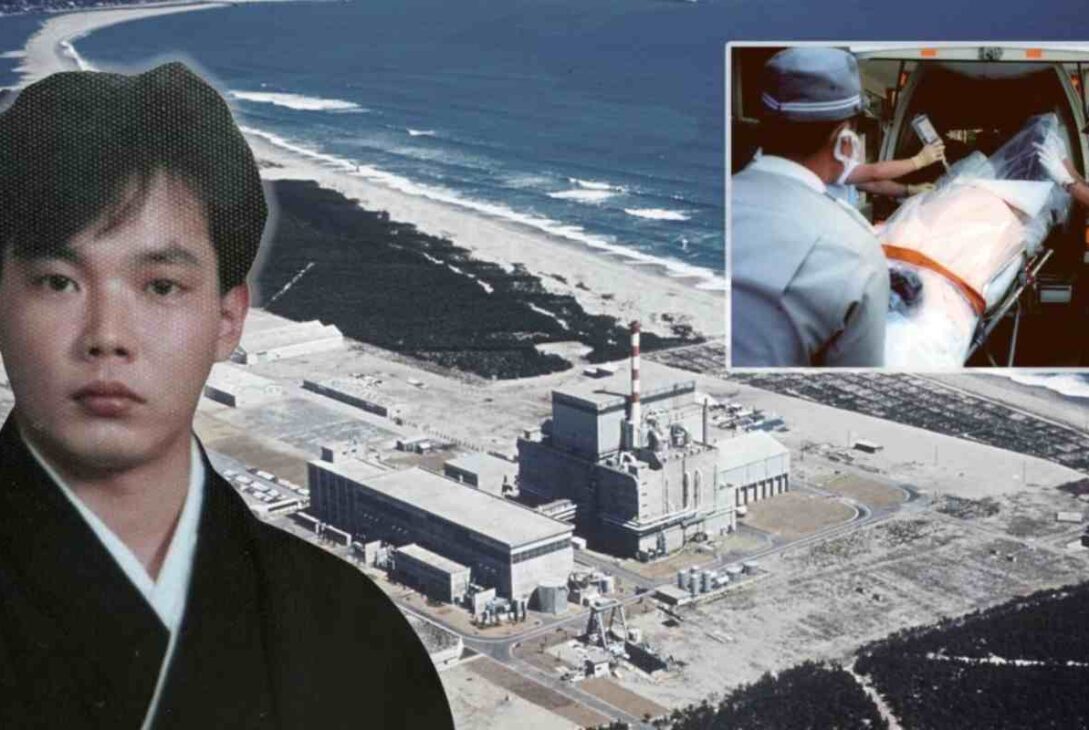Hisashi Ouchi Photos
Hisashi Ouchi Photos – Hisashi Ouchi was a 40-year-old technician in a nuclear power plant in Japan who met one’s worst nightmares when he became one of the worst radiation victims in history. This happened in one of the atomic power stations in Japan, Tokaimura, on 30 September 1999 and subjected Ouchi to the most dangerous level of radiation. This suffering and the following controversy bore evidence of nuclear safety and medical utility. This has led to much debate and ethical concern, which emanates from his search for information about his condition, especially those photos of his afflictions.
The Japan’s Tokaimura Nuclear Accident
The Tokaimura nuclear accident is a critical incident that occurred in the Japan Nuclear Fuel Conversion Co. (JCO) plant. Ouchi and other company officials were preparing a batch of nuclear fuel when the accident occurred. Owing to bypassing procedures and negligence to take adequate precautions, a specific uranium concentration was accumulated to the level when an uncontrollable nuclear chain reaction occurred.
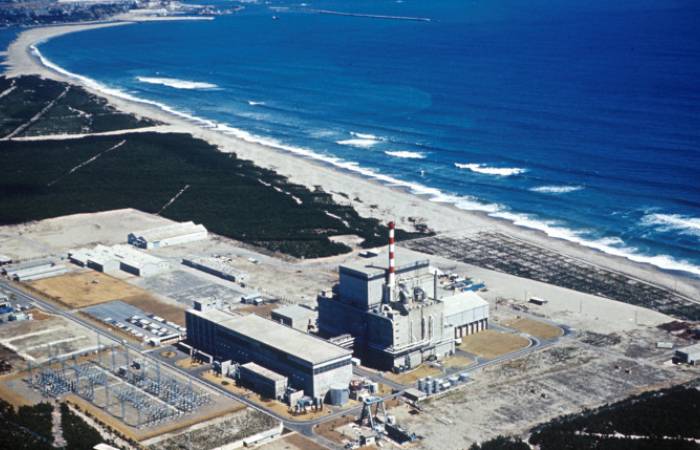
Among the three workers who were exposed to the radiation, Hisashi Ouchi was a great victim. He was given the most significant dose of gamma radiation, estimated at 17 Sieverts, and this is several times the lethal exposure level. In Miller’s case, the radiation exposure was so unrelenting that the professor broke almost all his DNA and even his immune system, and therefore all his body’s functions failed.
The Extent of Hisashi Ouchi’s Injuries
Hisashi Ouchi’s post-radiation condition can only be described as horrifying because of the radiation exposure that they underwent at work. His skin exfoliated, the secretions of the body’s natural lubricants were abnormal, and the organs shut down. Keeping him alive while under extreme life- threatening conditions involved transfusion of multiple pints of blood, skin grafting, and administration of various drugs – although he had been alive for 83 days at the time of analysis.
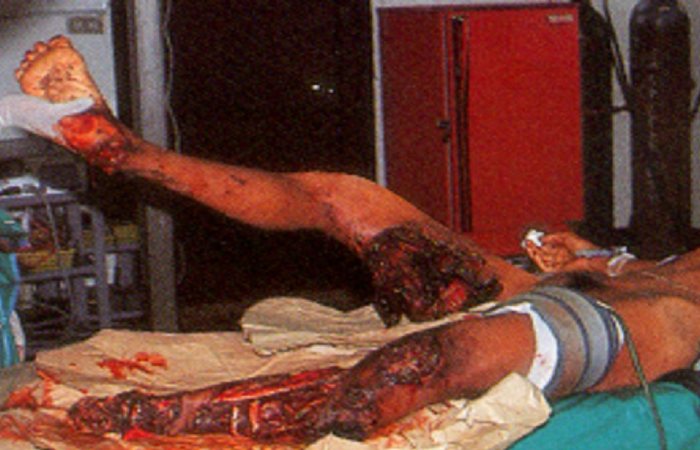
Ouchi’s suffering was immense. He was isolated to avoid any infections and ailments, but the destruction had already been done to his body. His skin, the primary barrier against infections, has been affected, and his white blood cells were almost nil, making him prone to many diseases. He developed multiple organ failure, cardiac arrests as well and sepsis, and the medical staff had to resuscitate him, even though the fact that his family and the medical teams of that time did not consider withdrawing the treatment.
The Ethics of Prolonging Life
The decision to keep Hisashi Ouchi alive despite the nature of his injuries has raised a lot of controversy. On one hand, the medical team was acting as a measured guardian of Ouchi’s life, going to tremendous lengths to ensure that he lived. On the same note, other critics applauded that he stretched his suffering without any likelihood of being cured.
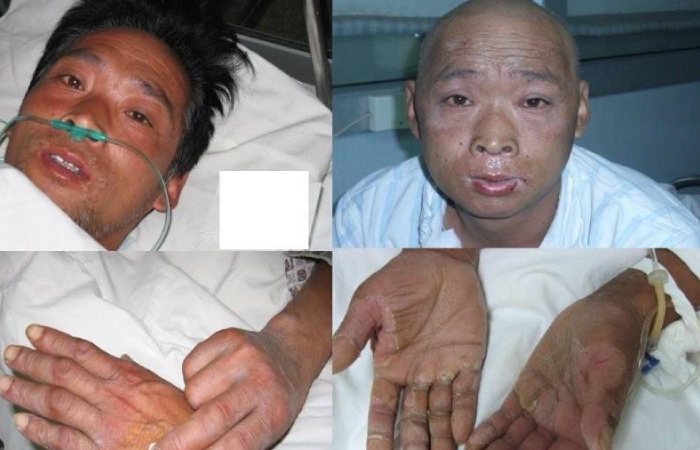
Based on the above case presentation, the ethical issue derived from the case is whether it is right to make the patient suffer for such a long time. The idea was to save his life with such hope and desire, but his body was too damaged, and there was no way he was going to make it. Unfortunately, through the endeavours of the medical team, which must have had good intentions, Ouchi prolonged his suffering substantially.
The Controversy Surrounding Hisashi Ouchi’s Photos
The still photos of Hisashi Ouchi during his treatment have become quite the subject of debate. While there are stories that, for the sake of clients, he had taken many defective products, these images that some claim were taken to portray how badly hurt he was and the suffering that he was going through have been of interest. Some have been found in several areas of the internet. However, the sharing and viewing of these images also have some profound ethical issues as well.
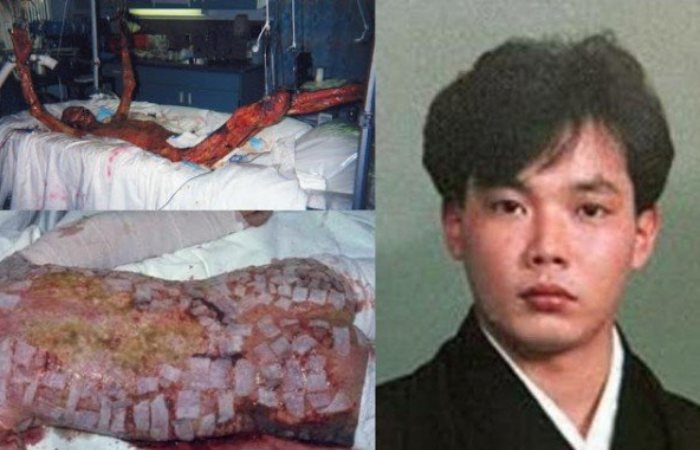
The examples above can be seen as violating Ouchi’s privacy and dignity by disseminating such graphic images. However, some people consider these photos a powerful indication of the risks of using nuclear energy and the necessity of safety measures, and others state that it is wrong to share these pictures. It is insulting to both Ouchi and his family.
Furthermore, it can be stated that the interest people have in viewing these images is rooted in a more general culture of sensationalistic media consumption that focuses on precipitating the suffering of others rather than showing respect for the memories of the dead. Thus, the exploitation of Ouchi’s suffering by sharing photos of him in this state turns his tragic story into entertainment rather than presenting it as people’s experience of the real- life consequences of radiation exposure.
Conclusion
The story of Hisashi Ouchi is an example of what can happen when using nuclear energy and how necessary safety measures are in this area. Such scenarios as his treatment, consideration of ethics, and the controversy of his photos’ circulation represent problems of medical practice, ethics, privacy, and the public right to know.
However, those photos of Hisashi Ouchi’s suffering may be beneficial in telling other people what the adverse effects of nuclear power may lead to, and several concerns must be considered: privacy, one of the most essential elements of any human being, must be respected. The things that should be learned from Ouchi’s tragedy are better safety measures, enhancement of medical ethics, and guaranteeing that such a calamity is not repeated instead of gaining from suffering in public.


